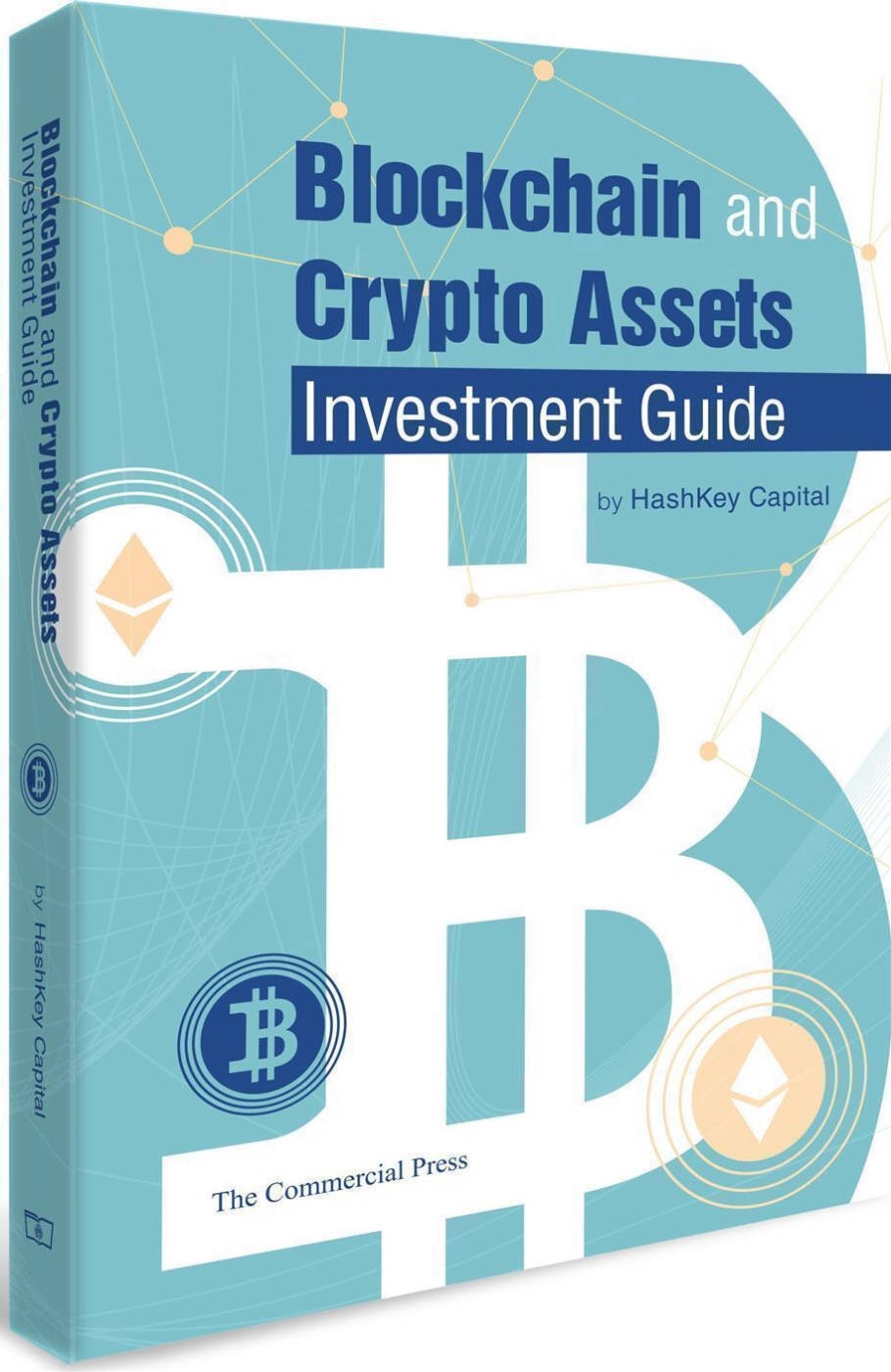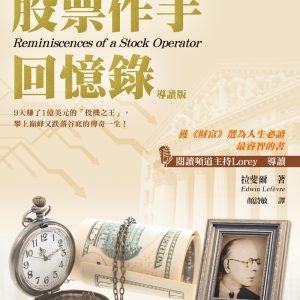Description
Blockchain and Crypto Assets Investment Guide
How did Bitcoin price increase 1,200 times in only a decade? Why can a virtual image be sold for as high as HK$500 million? How did Dogecoin once become the fourth largest digital asset in terms of market cap, after being created for fun? Understanding the development of blockchain and crypto assets and how to make good use of its decentralized technology can protect individual wealth effectively and be an edge against the inflation caused by central banks, and sometimes also be a shortcut to get rich. Cryptocurrencies, including Bitcoin, Ethereum, and many others, have been mushrooming in recent years. Blockchain technology has also evolved from 1.0 to 3.0. How can you identify and seize these new opportunities? This book gives a brief explanation of the development course of blockchain and crypto assets, an analysis of the industry ecosystem, a framework for institutional investors to manage their portfolios, and an outlook on the development direction of this industry in the coming years. It aims to provide readers with a whole picture of the development of this new industry, and a summary and reference (not financial advice) for making informed investment decisions.目錄Preface Crypto asset investment: From the fringes to the mainstream
Foreword Blockchain and crypto asset investment – The start of a new revolution
Part 1Brief history of blockchain and encrypted assets
Chapter 1 The age of geeks: When encrypted assets were still unconventional toys
1.1 Genesis: Bitcoin was born from an economic crisis
1.2 The disappearance of Satoshi Nakamoto
1.3 Transactions: Early Bitcoin payment
1.4 Bitcoin was given a new role – A store of value
1.5 Community: The cryptopunks’ utopia
1.6 Blockchain and Bitcoin
1.7 Bitcoin copycats
Chapter 2 Early commercialization: The emergence of the crypto asset infrastructure
2.1 The emergence of commercial infrastructure
2.2 Early investors
Chapter 3 Twisted mass adoption: The ICO boom
3.1 ICO – A product of the blockchain gold rush
3.2 Ethereum – The world computer
3.3 The penalty from the SEC
Chapter 4 The boom and bust that didn’t hinder technological progress – The intergenerational development of blockchain technology
4.1 Constant technological iteration, blockchain 1.0-2.0-3.0
4.2 Entering the multi-chain and cross-chain era
4.3 The emergence of distributed applications
Chapter 5 The beginning of mass adoption
5.1 Historical similarities between blockchain and the Internet
5.2 A new step forward in global regulations
5.3 Diversified use cases
Part 2 Emerging industry and new participants – The composition of blockchain’s ecosystem
Chapter 6 The source of innovation – The public chain ecosystem
6.1 Public chains – The start of the blockchain industry
6.2 Tokens – The incentive layer for collaboration
6.3 Mining – The upstream of the blockchain ecosystem
6.4 Decentralized exchanges – Lucrative but controversial
6.5 Non-custodial wallet – Pure permissionless finance
6.6 Distinction between coin and token
Chapter 7Real products and users – Decentralized applications
7.1 dApps – Applications that genuinely belong to the blockchain
7.2 DeFi – Injecting vitality into blockchain
7.3 NFT – Bridging the physical world and the virtual world
Chapter 8 Serving mainstream institutions – The rise of the institutional crypto finance ecosystem
8.1 Custody – The uniqueness of virtual asset as opposed to financial asset
8.2 Insurance – An indispensable condition
8.3 Prime broker – Infrastructure serving institutional investors
8.4 Learning from traditional finance
8.5 Stablecoins – Real use cases but attracting regulatory attention
Chapter 9Active participation and enthusiasm of traditional institutions
9.1 Diem (Libra)
9.2 In-depth research of central banks worldwide
9.3 Digital RMB – The world’s leading CBDC DC/EP – Global leading CBDC initiative led by PBoC
Part 3 Framework, strategies and implementations
Chapter 10Blockchain asset valuation methodologies
10.1 Classification of cryptocurrencies
10.2 Cryptocurrency valuation models
Chapter 11 The framework for blockchain asset investment management
11.1 Fundraising – Investment opportunities and asset allocation
11.2 Investment – All-round and multi-angle participation
11.3 Management – An important phase to increase value
11.4 Exit – Token investment has its own special way
11.5 Compliant fund structures
11.6 Diversity of asset management
Chapter 12 Global major blockchain investors and use cases
12.1 The typical blockchain investors and investment strategies
12.2 Going mainstream – The listing boom of blockchain projects starts
Chapter 13 Outlook on blockchain investment for the next decade
13.1 The next generation of blockchain comes from an iteration of technology and finance
13.2 The direction of investment in the next decade
Appendix Glossary
书名简译:Blockchain and Crypto Assets Investment Guide




















目前沒有評價。